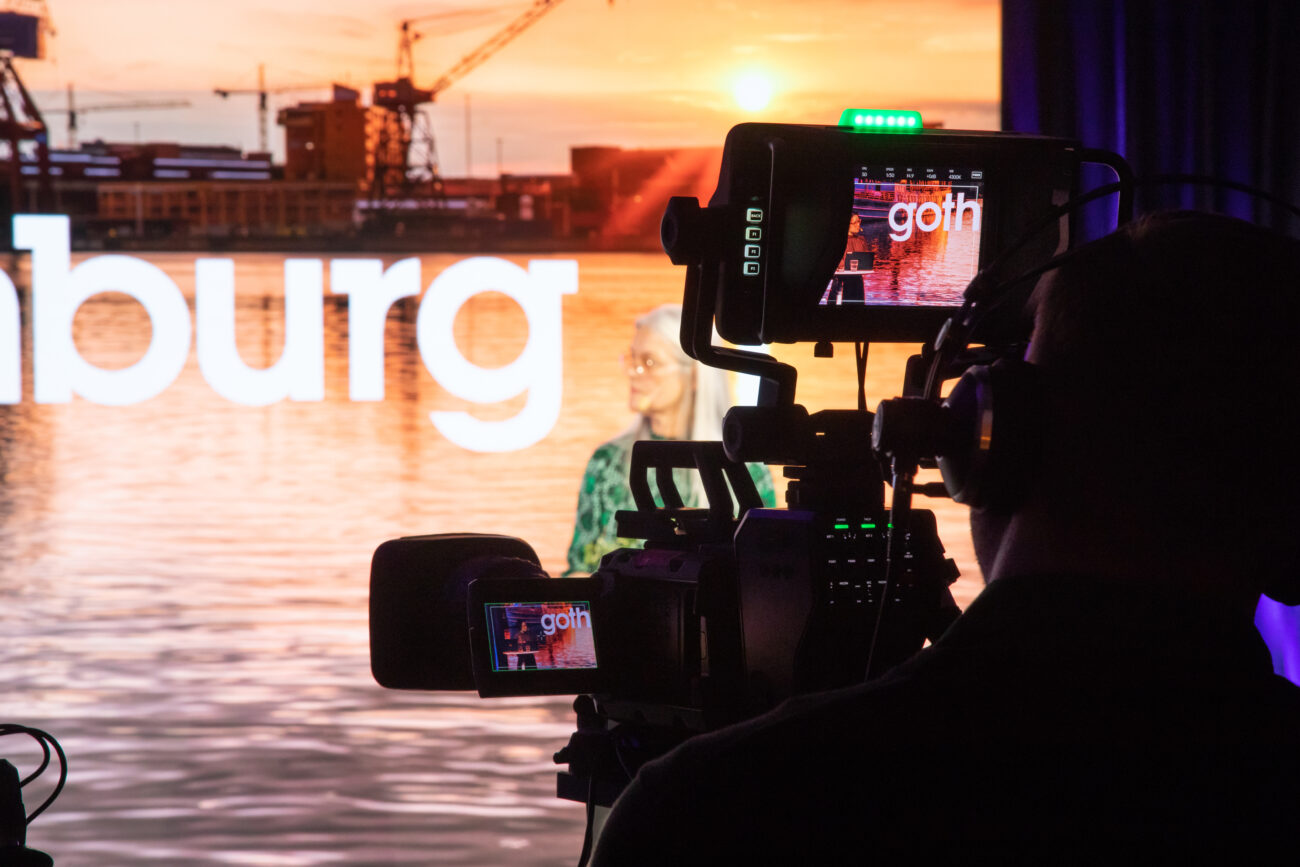Sweden’s second largest city has recently been awarded the first place, for the fifth time in a row, as the most sustainable destination on the Global Destination Sustainability Index (GDSI). Among 73 participating cities worldwide in 2021’s rankings, Gothenburg received the recognition, proving that commitment to a goal is something that Gothenburg & Co take very seriously. In recent years, Gothenburg has received great international attention for its sustainability work. In 2020, the EU Commission named Gothenburg the capital of smart tourism and in 2021, Lonely Planet named Gothenburg “best sustainable city stay”.
The Secret of Their Success
All this recognition over such a long period of time despite facing all the competition from other cities makes us wonder about the secret of their success. “We don’t keep secrets. We share knowledge on the matter as much as possible with our stakeholders, organizations and other destinations. When we set out to plan a conference, sustainability is a key requirement. Government, academia and industry all work together for the same goal, a sustainable meeting. Collaboration is part of our DNA; as we say, it is truly our superpower and the foundation for our position as a sustainable and smart destination. But it takes courage, trust, and hard work,” says Annika Hallman, Director of the Gothenburg Convention Bureau.
The destination and all its suppliers put sustainability at the top of their agenda already a decade ago; in fact, all leading venues and more than 90% of all hotels have third party sustainability certifications. Staying on top is always work in progress and the pandemic only added more challenges to this work. Gothenburg, though, feels “a responsibility to be progressive” and has done just that. “We have become more data driven and have put the focus on digitalization. During the pandemic we launched the destination data platform to drive innovation and development as a smart destination,” continues Hallman.
Part of this was the Hybrid+ project which provides guidance to associations in the process of planning and deciding on a hybrid format for their meeting. The bureau has adopted a three-step model that helps establish the association’s desired effect; analyze the needs of the event and building a new format based on those needs; and create suitable content and provide technical solutions.

Make Headway to Stay on Top
Progress without new sustainability goals is not actual progress for Gothenburg. The city was one of the signatories of the Glasgow Declaration on Climate Action in Tourism, launched in the framework of the UN Climate Change Conference COP26. The aim is to accelerate climate actions to reduce global tourism emissions by at least half in the coming decade and reach net zero emissions as soon as possible before 2050.
Hallman says: “Gothenburg has already set out to become fossil independent by 2030. This declaration is an additional commitment to act, and it provides conditions for finding and sharing smart Climate Solutions globally. We will continue to assist our local meeting industry to certify its operations. We wish to find a common international framework to access and measure data on destination carbon footprint to ensure we do the right things to achieve maximum effect. The declaration will be a natural focal point for this.”
Let’s Not Forget About Legacy
Despite the focus on social, financial, and environmental sustainability, Gothenburg has not lagged when it comes to planning and hosting association conferences with a positive, long-lasting impact. The convention bureau has come up with the Gothenburg Way to Legacy, a structured approach to meeting legacy, as part of the Gothenburg Strategic Plan for meetings, developed in broad stakeholder collaboration in 2018.
To learn more on Gothenburg: goteborgco.se/en/meeting / Convention@goteborg.com
The process involves three steps: Program, Toolbox and Community Support. At first, associations interested in making long-term positive impact decide – together with local stakeholders – on a set of meeting legacy goals, on activities to contribute to those goals and on ways of measuring the outcome. The toolbox, next, is used to create tailor-made activities inspired by concepts, developed by local stakeholders in collaboration with the association. Finally, active collaboration with a non-profit organization or social enterprise and contribution to a good cause and a sustainable host community are encouraged in order to ensure an impactful outcome. The benefit of the model having three parts, is that it can be offered to associations with different levels of ambition when it comes to creating impact and legacy.
“Meetings and events are fantastic platforms for communicating and driving change. The Gothenburg Way to Legacy initiative offers a structured way for associations to create impact through their meetings in line with a goal. Associations meetings are matched with Gothenburg’s strong sectors (or other developing sectors), and are offered the program, which includes a strategic approach to find and share the values and objectives between the destinations and the association,” says Hallman.
The long tradition of Gothenburg’s collaboration of all sectors involved in the city’s evolution is paying off. The convention bureau has managed to combine the two biggest trends in our industry, i.e. legacy and sustainability, to produce innovative meetings which serve the community, the environment, the future.
